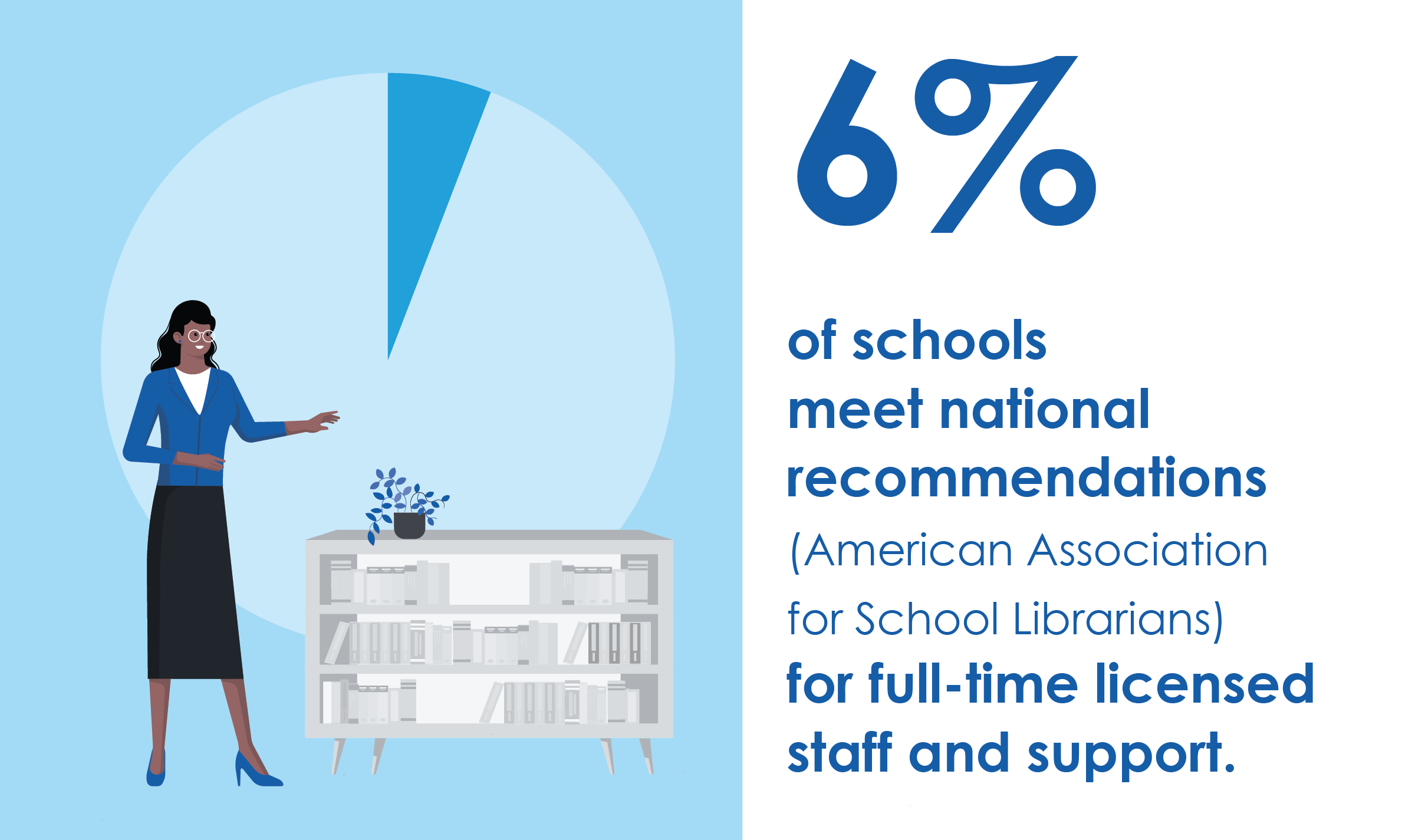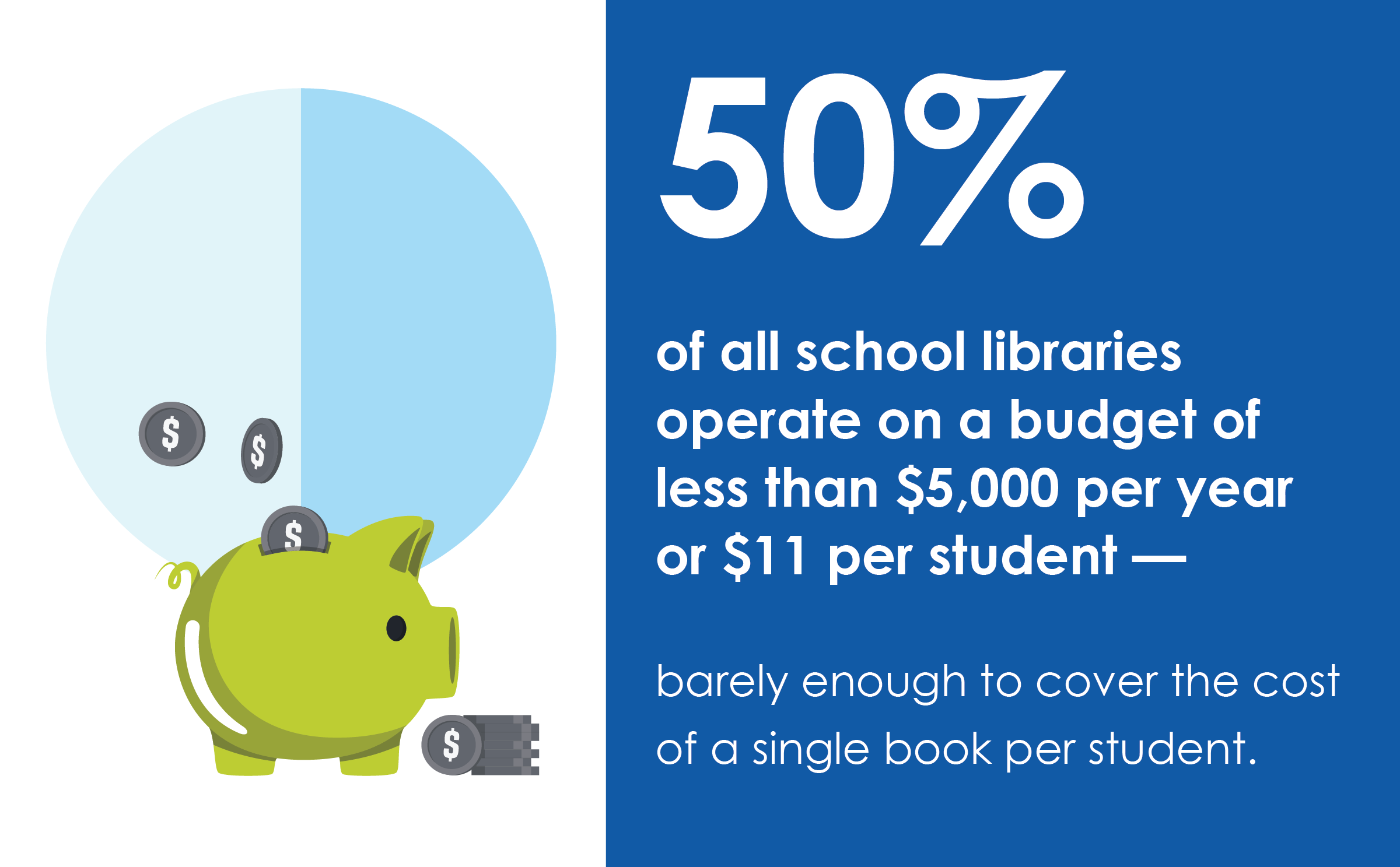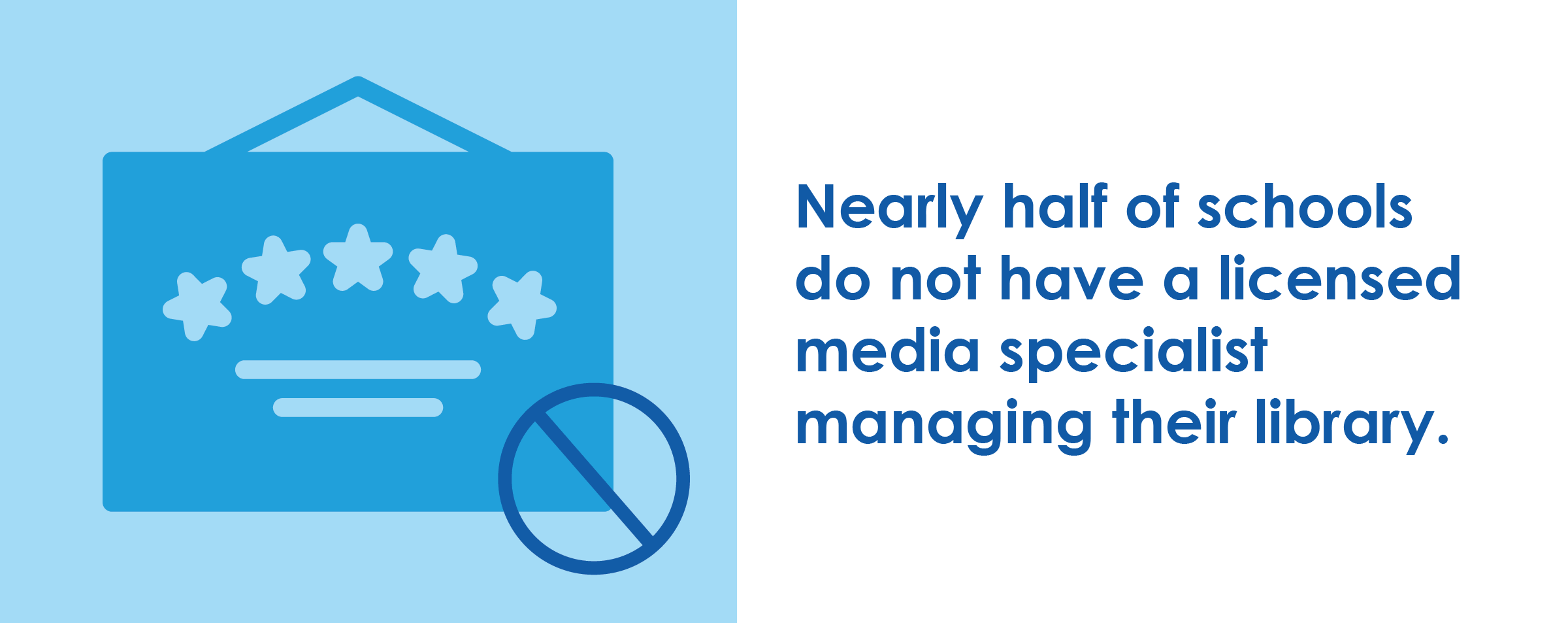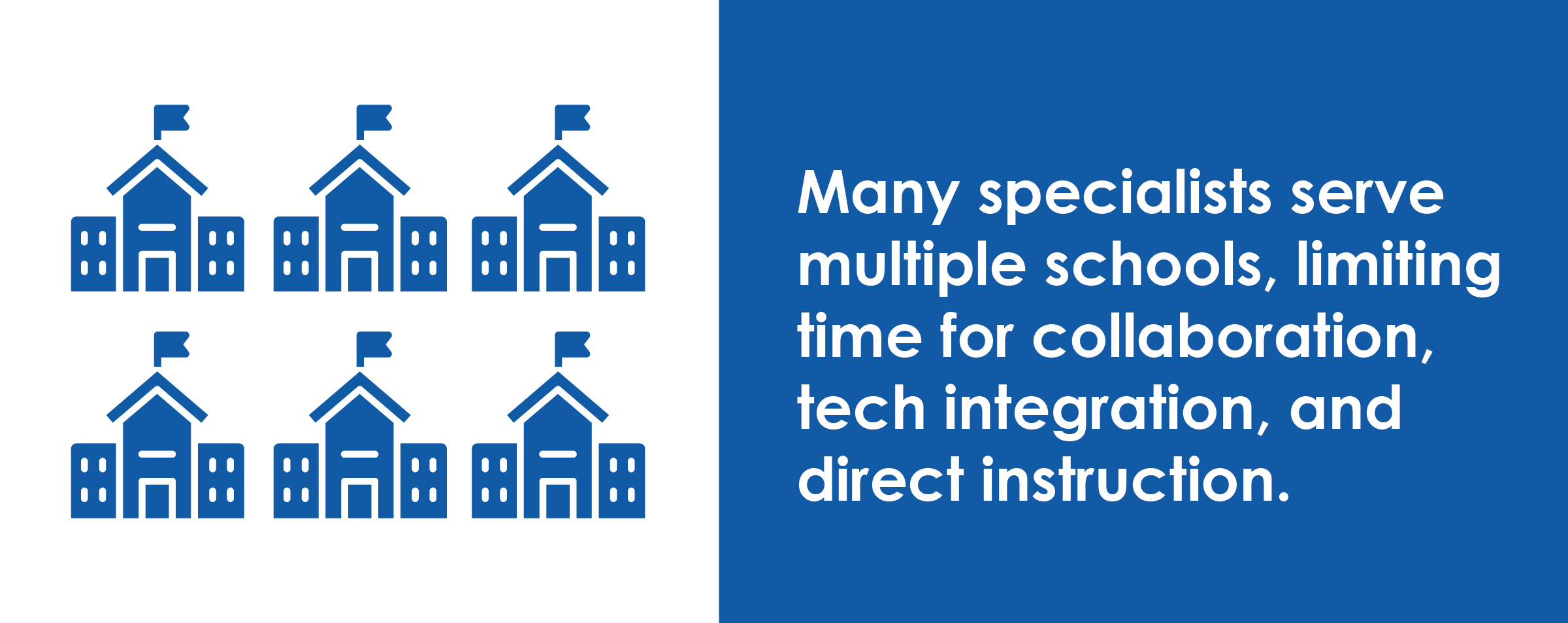Why Minnesota’s School Libraries Deserve a Place in the Spotlight
Reading matters. So do school libraries.
Minnesota is serious about literacy. The 2023 READ Act aims to ensure every student reads at or above grade level. But one crucial partner in reaching that goal, school libraries, is often missing from the conversation. Research shows that well-supported school libraries, led by trained librarians, improve student achievement, especially in reading and information literacy (Esad, 2022; Kachel & Lance, 2013; Lance & Kachel, 2018). A new census of Minnesota’s school libraries led by the Multicounty Multitype Library Systems and analyzed by Wilder Research, reveals what educators and librarians have known for years: our school libraries are undervalued and underfunded, despite being central to student success.
"Completing the census was a critical first step in uncovering the true condition of school libraries in Minnesota. The data confirmed what many had long suspected: school libraries are in crisis, and too many students lack access to the qualified librarians they need and deserve."
– Ashley Dress, SELS Librarian – School Media Center
Our kids need more than just bookshelves
Imagine students going to a school with no teachers to teach them. Most of Minnesota's students have a library without someone to guide them to find and use the resources found there effectively. While 81% of schools report having a library media center, nearly half lack a licensed media specialist, and budgets are stretched paper-thin.

What the census tells us
A one-time 2023 legislative appropriation made the statewide school library census possible. The findings confirm widespread challenges—and the urgency to act:
- Only 6% of schools meet national recommendations (American Association for School Librarians) for full-time licensed staff and support.
- Half of all school libraries operate on a budget of less than $5,000 per year (or $11 per student)—barely enough to cover the cost of a single book per student.
- Nearly half of schools do not have a licensed media specialist managing their library.
- Many specialists serve multiple schools, limiting time for collaboration, technology integration, and direct instruction.
These numbers aren’t just statistics; they represent missed opportunities for students to build critical reading, research, and digital skills.

What’s getting in the way?
When asked about their biggest hurdles, school library staff pointed to tight budgets, outdated collections, and insufficient staffing. Even with new School Library Aid funding from the state, many schools struggle to direct those dollars to build up the library due to competing priorities and lack of awareness.

What you can do
If you care about literacy, equity, and the future of education in Minnesota, advocating for school libraries is a powerful place to start.
Speak up
- Ask school and district leaders how School Library Aid is being used.
- Use census data to compare your school or district with statewide averages.
- Share the standards from the American Association of School Librarians (AASL) with decision-makers.
Get involved
- Know who’s running for your school board and ask where they stand on school libraries.
- Attend a board meeting or write a letter supporting dedicated funding for school libraries.
Use the data
- Explore the full report to find data you can bring into local conversations.

Conclusion: Let’s give school libraries the spotlight they deserve
School libraries aren’t a luxury; they’re a necessity. They support reading, digital literacy, and educational equity. With new data in hand and renewed state funding, Minnesota has a chance to reimagine what school libraries can be. But it’ll take all of us—parents, educators, advocates, and policymakers—to turn that vision into reality.
